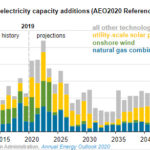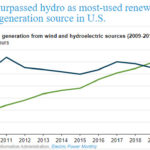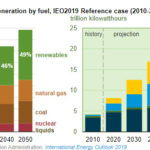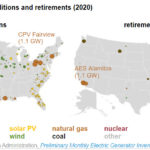
Interregional electricity trade in India affects shares of solar and coal-fired generation
EIA With more than 1.3 billion people, India is the second-most populous country in the world and has the third-highest energy consumption level after China and the United States. To help meet the country’s energy needs, India is expanding its electric transmission infrastructure to improve electricity movement between regions of the country. In the International Energy Outlook 2020 (IEO2020), the U.S. Energy Information Administration








